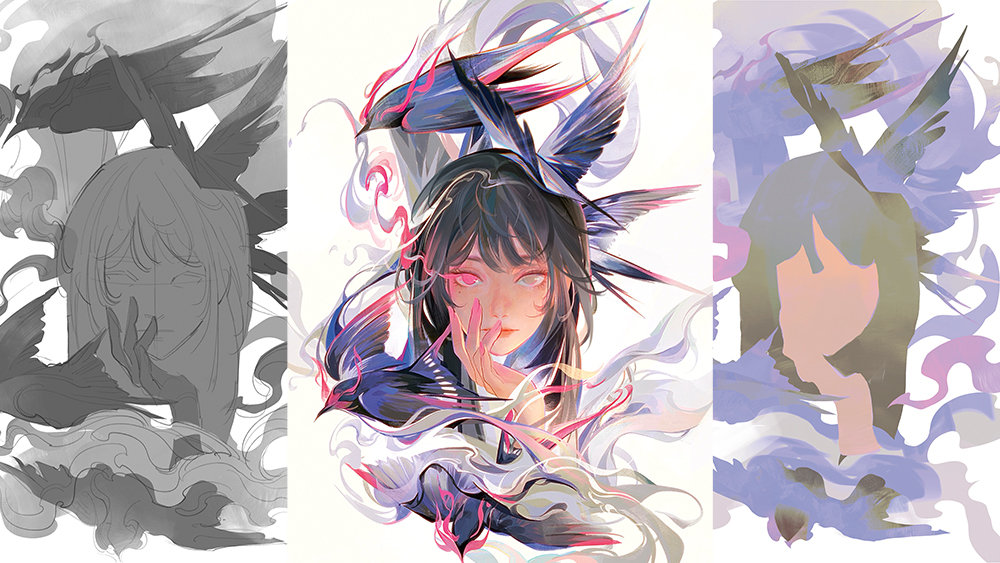Texture 3D images; part one
Derek Lea explains how to add textured surfaces and tactile elements to 3D renderings in . The unique results will reveal a combination of the depth provided by 3D and the painterly freedom of working in 2D.
There are several reasons why you may want to apply surface textures to finished 3D renderings in Photoshop. Perhaps you're not a 3D expert and, although you can model objects effectively, you find texture mapping a frustrating experience. Those of you who are proficient in Photoshop, yet not so masterful when working in a dedicated 3D application, should definitely pay attention to what I hope to teach you in this three-part Photoshop masterclass.
If you'd rather your 3D renderings didn't look the same as the work of every other artist using the same application, then this is the route for you. Photoshop provides such a wide range of tools that you can easily map imagery onto your 3D renderings in perspective to create a convincing result. And at the same time, Photoshop also provides the flexibility to create an original work of art using a texture-free 3D rendering, resulting in an image that deviates from the signature look of 3D modelling applications.
In the first part of this three-part series, we'll shown you how to add textured images onto surfaces in perspective using a combination of Photoshop tools, both new and old. You'll be shown the techniques you need to add artwork to individual surfaces, matching perspective perfectly on a series of layers using Photoshop's new Vanishing Point tool.
Once you've completed this month's tutorial, don't forget to save your files, because in the next issue you'll be shown how to wrap images around cylindrical shapes and further explore the possibilities of smart objects. Stay tuned.
Click here to download the tutorial for free
Daily design news, reviews, how-tos and more, as picked by the editors.

The Creative Bloq team is made up of a group of art and design enthusiasts, and has changed and evolved since Creative Bloq began back in 2012. The current website team consists of eight full-time members of staff: Editor Georgia Coggan, Deputy Editor Rosie Hilder, Ecommerce Editor Beren Neale, Senior News Editor Daniel Piper, Editor, Digital Art and 3D Ian Dean, Tech Reviews Editor Erlingur Einarsson, Ecommerce Writer Beth Nicholls and Staff Writer Natalie Fear, as well as a roster of freelancers from around the world. The ImagineFX magazine team also pitch in, ensuring that content from leading digital art publication ImagineFX is represented on Creative Bloq.
